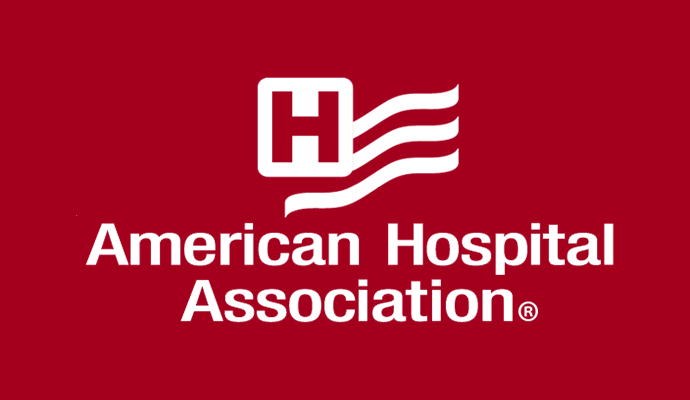AHA: Hospitals Losing $50.7B a Month Fighting the Coronavirus
Hospitals will lose a total of $202.6B between March and June 2020, as facilities incur additional costs for responding to the COVID-19 crisis, AHA reports.

Source: American Hospital Association
- Hospitals and health systems are slated to lose $202.6 billion from March 1, 2020, through June 20, 2020, from fighting the novel coronavirus, with financial losses averaging about $50.7 billion per month, according to new estimates from the American Hospital Association (AHA).
For more coronavirus updates, visit our resource page, updated twice daily by Xtelligent Healthcare Media.
In a report released Tuesday, the AHA said the losses are tied to coronavirus-related expenses during the four-month period, including:
- $36.6 billion in losses from COVID-19 hospitalizations
- $161.4 billion in net revenue losses from cancelled surgeries and other services
- $2.4 billion in additional costs associated with purchasing personal protective equipment
- $2.2 billion in addition support for frontline workers
“America’s hospitals and health systems have stepped up in heroic and unprecedented ways to meet the challenges caused by COVID-19,” said Rick Pollack, AHA president and CEO. “However, the fight against this virus has created the greatest financial crisis in history for hospitals and health systems.”
The novel coronavirus has impacted nearly ever sector of the healthcare system, but hospitals have faced billions in financial losses as a result of the pandemic. Hospitals and health systems have been on the frontline of the pandemic, building the capacity, workforce, and supplies needed to handle millions of hospitalizations. At the same time, the organizations like their ambulatory counterparts have had to cancel all elective, non-emergent services to limit exposure and prepare the healthcare system for coronavirus cases.
The federal government has recognized the financial challenges, establishing a $175 billion Provider Relief Fund to aid healthcare providers fighting coronavirus.
But according to the estimates from AHA, more funding is needed to keep hospitals running.
“While we appreciate the support and resources from Congress and the Administration, many hospitals are still on the brink,” Pollack stated. “We need further support and resources to ensure that we can continue to deliver the critical care that our patients and communities are depending on while also ensuring that we are prepared for the continuing challenges we face from this pandemic as well as other potential emergencies.”
AHA has been calling for additional emergency funding for hospitals to not just stabilize hospitals during the pandemic but ensure the facilities can continue to treat patients during and after the peak of the pandemic.
The administration is currently seeking to reopen the economy. However, at that time, hospitals and health systems will need support for addressing health disparities and ensuring the health and safety of vulnerable communities, AHA said in the report.
The organizations will also need support for new behavioral health challenges stemming from the pandemic, as well as clinician burnout and other clinical resiliency issues.
Among the AHA’s request for support is more targeted funding for hospitals. In the report, the association stated that $50 billion in grants from the Provider Relief Fund were distributed to all types of healthcare providers and only a portion went directly to hospitals.
Additionally, other providers, including physicians and other clinicians, laboratory and testing facilities, and durable medical equipment providers, drew down the relief funds, the AHA added.
The association has continuously called on Congress to increase emergency funding to hospitals, including funneling some of the Provider Relief Fund from paying for uninsured coronavirus cases to hospitals.
According to HHS, a portion of the Provider Relief will be used to reimburse healthcare providers, at Medicare rates, for coronavirus-related treatment of the uninsured. Top health officials have yet to put a price tag on how much this will cost, but estimates from the Kaiser Family Foundation showed that it could eat away at as much as 40 percent of the Provider Relief Fund.
AHA has argued that this use of the Provider Relief Fund is inappropriate. The relief funds are intended to provide hospitals with emergency relief, not pay for coverage gaps, Pollack has repeatedly argued.
Bolstering emergency funding directly to hospitals should be a top priority as the administration seeks to reopen the country, AHA argued.
“As the country faces the inimitable challenges of COVID-19 head-on, Americans cannot afford the cost of closed hospitals and restricted access to life saving treatment – action is needed urgently to support our nation’s hospitals and health systems and the heroes that work there,” the AHA concluded in the report.
